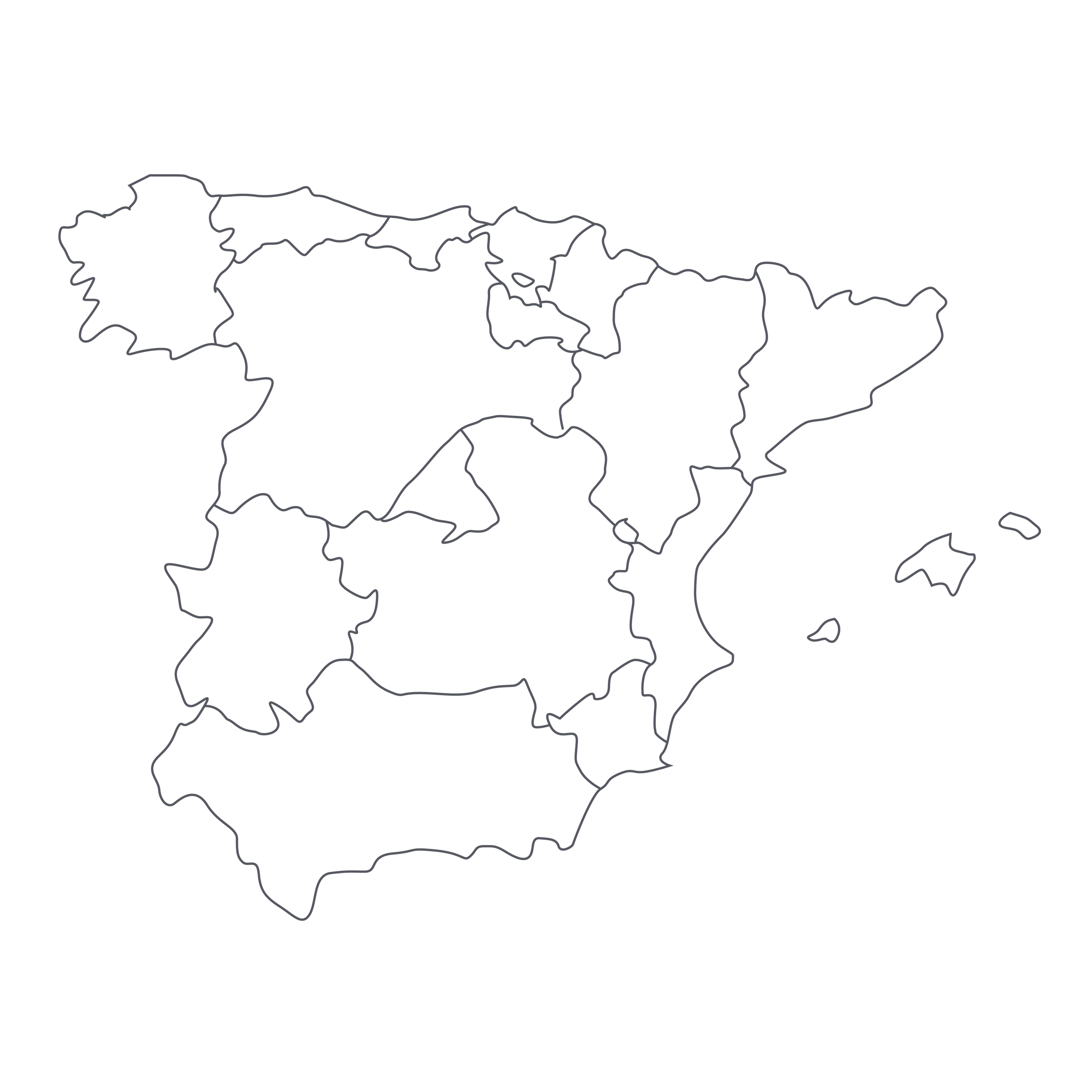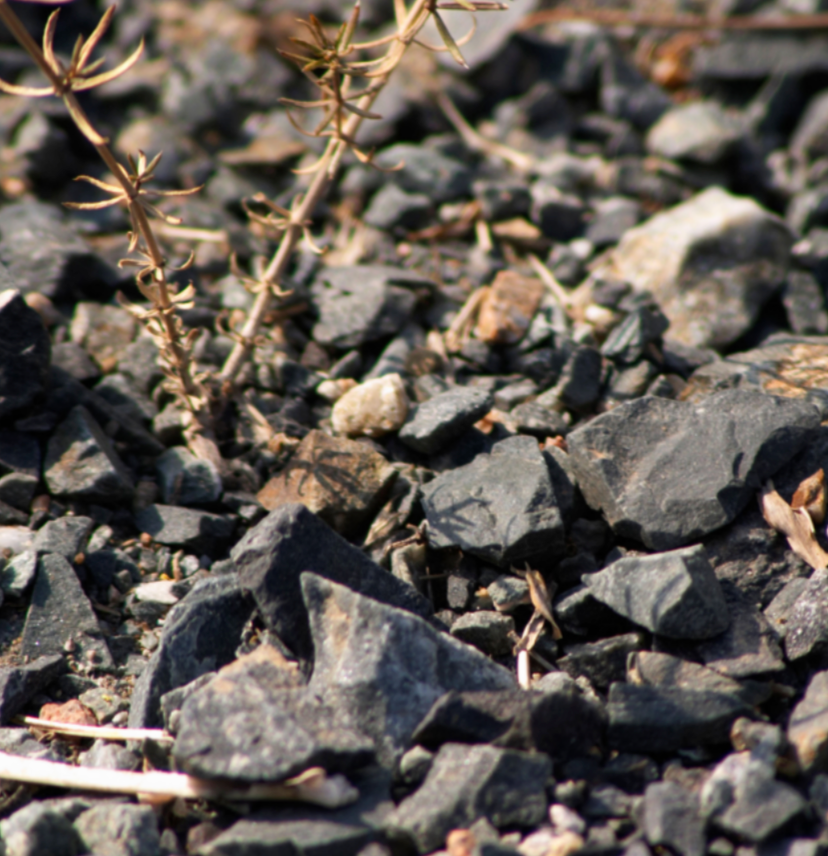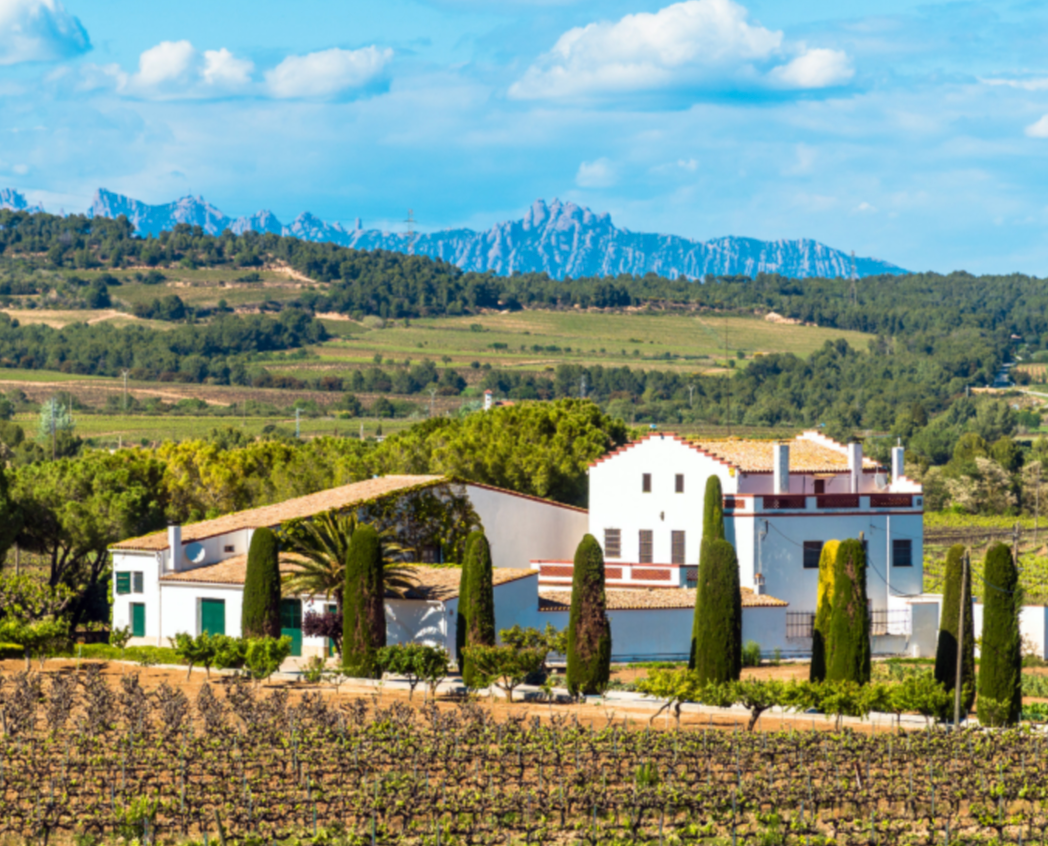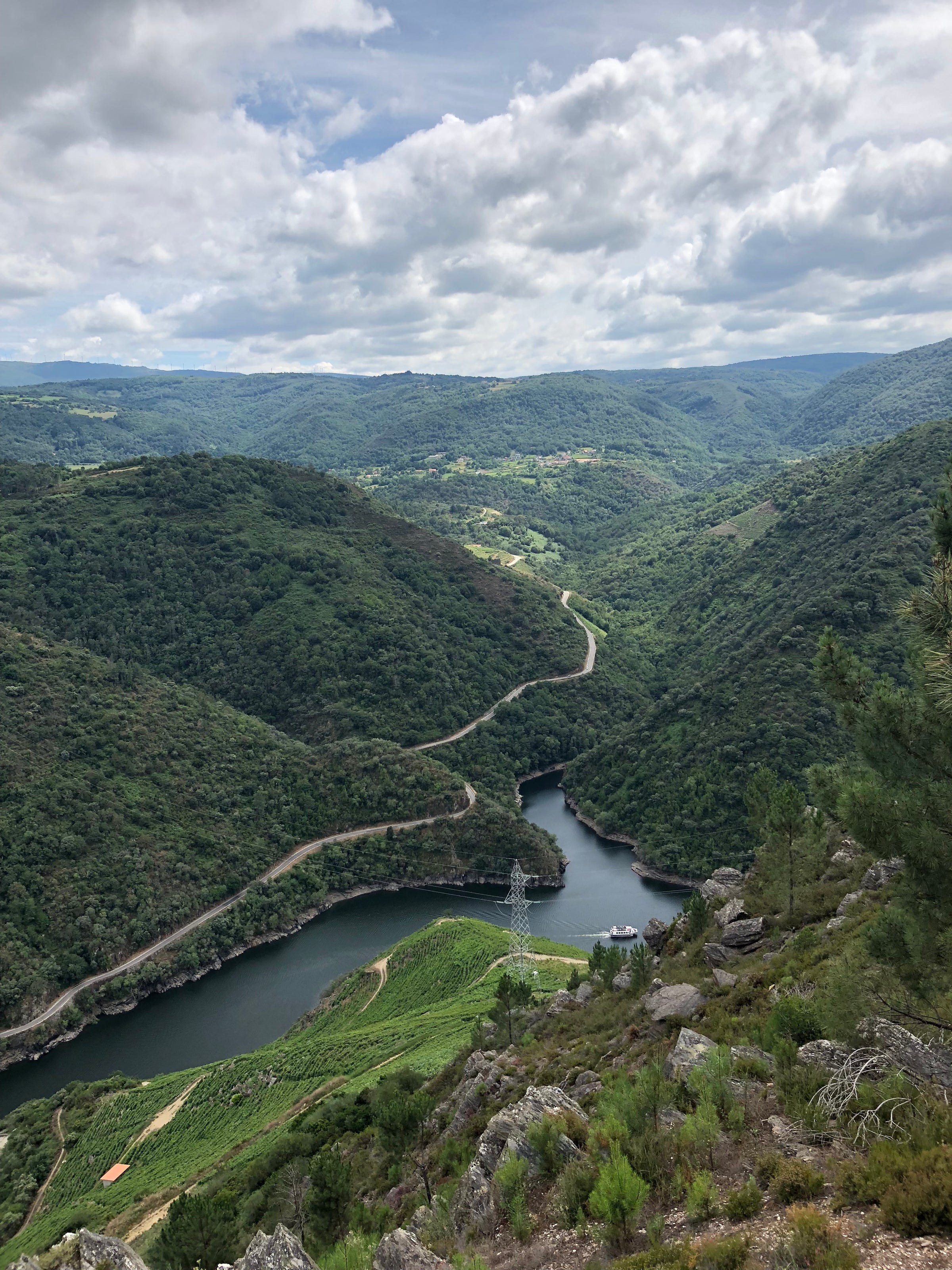As I’ve recounted before, I was in the Canary Islands with my colleague, Mark Osburn, in March of 2019. Ever since, we can’t stop talking about, drinking, and offering Canary Island wines (in fact, Mark is on a hot streak identifying these wines “blind” in our tastings, so indelible are they in his taste memory).
Today’s single-vineyard red, from Jonatan García Lima of Suertes del Marqués, is arguably the top dog among the litany of thrilling wines coming out of this region—a place teeming with young, conscientious winemakers working with indigenous grapes from heirloom vineyards. There’s a renaissance going on here, as Mark and I got to witness firsthand when Jonatan took us on a tour of his home terroir, the Valle de la Orotava. Some of you may remember Jonatan’s white, “Trenzado,” a profoundly mineral, deeply moving expression of the native Listán Blanco variety; today we have its red counterpart, Listán Negro, from a magnificent, amphitheater-shaped plot filled with old, gnarled vines—60-80 years old on average, and trained in in the traditional cordón trenzado method, wherein the “arms” (cordons) of the grapevine are fashioned into long, winding braids. There’s just so much going on here—so much dark primary fruit, so much volcanic soil character, so much history and soul. We just can’t get enough, and I mean that literally: Our supply of the 2017 “El Chibirique” is heartbreakingly low, but what’s ours is yours, and you mustn’t miss this. Up to six bottles per person until it’s gone!
“El Chibirique” is the name of one of García’s most prized single vineyards, and he’s got quite a few of them: His lineup of vineyard-designate wines, both red and white, is extensive—although no single bottling is made in much quantity (the El Chibirique site, for example, covers less than one hectare). Jonatan is working out of a spanking-new winery, which is tucked into a hillside overlooking the ocean. Prior to starting the Suertes del Marqués label in 2006, his family grew grapes in the Valle de la Orotava; they now draw on 11 hectares of organically farmed estate vineyards, along with a host of other local growers who work according to their specifications. The vineyards range from 300 to 750 meters’ elevation, in soils of dark, sandy, volcanic ash. As is the case in other such island terroirs (whose soils proved resistant to phylloxera), many of these vineyards contain extremely old vines, including some ungrafted parcels exceeding 100, even 150, years of age. Along with Listán Negro and Blanco, the two best-known native grapes on Tenerife, they also work with Pedro Xímenez, Tintilla, Baboso Negro, and other field-blended local varieties.
The El Chibirique plot is a small, east-facing amphitheater of Listán Negro vines ranging in age from 60 to 80 years. One of the benefits of the trenzado training method is that the long, braided fruiting canes allow for full maturation of the grape stems, which enables Jonatan to ferment the wine with whole grape clusters intact without extracting undue bitterness. This 2017 was fermented in concrete vats on wild yeasts and aged for 12 months in used French oak foudres (larger-sized casks).
Although we’ve left it to rest for a while in our temperature-controlled warehouse, this dark, brooding red is still in a ‘reductive’ (oxygen-starved) state—but once it’s had the chance to breathe in a decanter (give it an hour), it blossoms into a multi-faceted, utterly transfixing expression of volcanic terroir. It is a structured wine, but not huge in terms of weight or extract; it really has more of a cool-climate personality, albeit with a lot of dark fruits and smoky earth lending depth. In the glass, it’s a deep ruby-black moving to magenta at the rim, with aromas reminiscent of some of the classic Syrahs of Cornas, in the Northern Rhône: black plum, mulberry, leather, roasted meat, cacao nibs, black pepper, and damp earth. It is medium-plus in body, with firm tannins and a brisk wave of freshness driving a long, dark, earthy finish. After a long decant, serve it in large Bordeaux stems at 60-65 degrees with lamb, duck, or beef—it is an evocative, conversation-piece wine that is guaranteed to take any meal to a new level. Enjoy!







